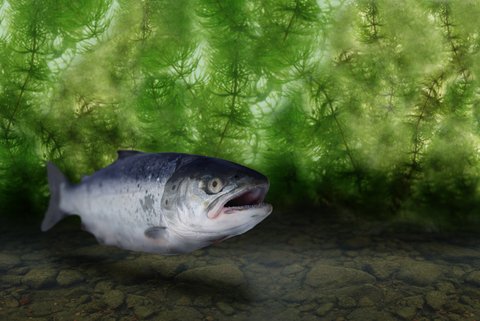Turns out if you’re looking for drugs in the Seattle area, the fish might know where to score. That’s because salmon in local Puget Sound waters tested positive for a whole range of pharmaceutical drugs, from anti-depressants to cocaine.
The study by NOAA’s Northwest Fisheries Science Center in Seattle gathered water and fish tissue samples from the sound in 2014 and tested them for 150 chemical compounds, which are unregulated or not controlled by wastewater treatment facilities.
Their study published by Science Direct found common drugs such as Flonase, Aleve and Tylenol along with anti-depressants such as Paxil, Valium and Zoloft, painkillers such as Tagamet, OxyContin and Darvon, in addition to over-the-counter drugs like Nicotine and caffeine. Fungicides, antiseptics and anticoagulants were also present as well as Cipro and other antibiotics.
“You have to wonder what it is doing to the fish,” Jim Meador, an environmental toxicologist told the Seattle Times.
The amount of drugs found in both tissue and water samples shocked even the researchers as they found high concentrations of chemicals even in waters they expected to be clean. By examining both migratory Chinook salmon and the resident staghorn sculpin, researchers were able to pinpoint the contamination to the environment both species share, which are the coastal waters.
The theory is that drugs make their way into the waters in two ways, either by flushing them directly down the toilet or through urine when drugs are not fully absorbed by the body.
This is not a new problem for wastewater treatment managers around the world, who have identified pharmaceuticals and other drugs as a real threat to the environment with the World Health Organization pioneering a initiative.
© Witold Krasowski | Dreamstime.com – Big salmon








